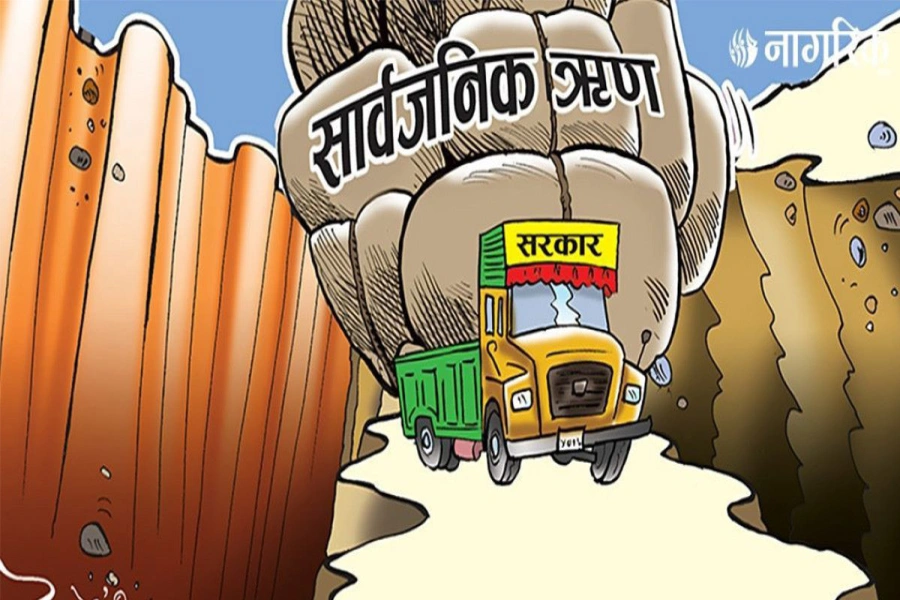KATHMANDU, August 10: At a time when the donor-influenced school sector reform program (SSRP) has bitten the dust, the government has extended its Rs 1.1 trillion School Sector Development Program (SSDP) for another seven years. SSDP is being vehemently criticized as a centrally imposed program against the spirit of federalism.
According to the Ministry of Education (MoE). the government will contribute 88.8 percent to the cost of SSDP, the World Bank/IDA 2.9 percent, and other joint financing partners/non-JFPs 4.5 percent. There is a financing gap of 3.8 percent. The amount allocated for SSRP was Rs 7.2 billion.
“SSDP is an entirely irrelevant program in the context of federalism,” said education expert Dr Bidhya Nath Koirala, who is also a member of the evaluation team formed to study SSRP. “SSRP was an unsuccessful program which envisioned access to education, greater quality and relevance,” said Koirala. “It increased access but quality suffered and there was no gain in relevancy,” he added.
According to the Flash Report 2016 of the Department of Education (DoE), 15.6 percent of children aged five years are out of school as are 14.9 percent of 10-year-olds and 25.1 percent of 16-year-olds.
Experts concerned over centralized approach on exercise of fina...

Against this background, the SSDP has set a target of bringing the dropout rate down to zero, introducing technical education from Grade 9 and making it mandatory for every plus-two college to provide school-level education also.
The program is expected to annually benefit over 7 million students and more than 180,000 teachers and Early Childhood Education Development facilitators in some 30,000 community schools and centers across the country. The program aims to increase the basic net enrollment rate (NER) from the current level of 89 percent to 97 percent and the secondary (Grades 9-12) NER from 38 percent to 53 percent by the end of the program period.
“Only 30 percent of students in Grade 1 complete secondary education,” said Dr Koirala.
The seven-year SSDP, which the government has prepared in consultation with stakeholders including development partners, is expected to contribute directly towards the country's aim to attain middle-income country status by 2022 and to meet the sustainable development goal (SDG) targets for education by 2030, it is stated.
The five-year SSRP adopted in 2009 envisioned extending school education up to Grade XII, restructuring the school education, increasing girl's enrolment and dissolving the Higher Secondary Education Board. As most of the targets set by the program were not implemented effectively by the stipulated year of 2014, MoE extended it at the end of 2015.
“SSRP was a failure as it could not bring the eighth amendment to the Education Act in time,” said Koirala. “The act was brought only after the end of SSRP,” he said. “SSDP has not given priority to improving quality and ensuring relevancy in education,” he also said
SSDP aims at restructuring school education and making basic education (grades one to eight) free and compulsory. The government hopes to manage the required budget through the support of 17 bilateral and multilateral donors.
The objectives of SSDP include improved teaching-learning and student learning outcomes, improved equitable access to Basic and Secondary Education, and strengthened education system management and governance, it is further stated.
However, Dr Hari Prasad Lamsal, spokesman for MoE, said SSDP may not be implemented effectively due to the changed scenario. “Local bodies are accountable for running the school system,” he said. “The effectiveness of the program is likely to be hampered by the change in the chain of accountability, inability to assign government officials to local bodies and the local body norms and rules,” he added.
“SSDP is centrally oriented and will only benefit government officials,” Koirala concluded.






































